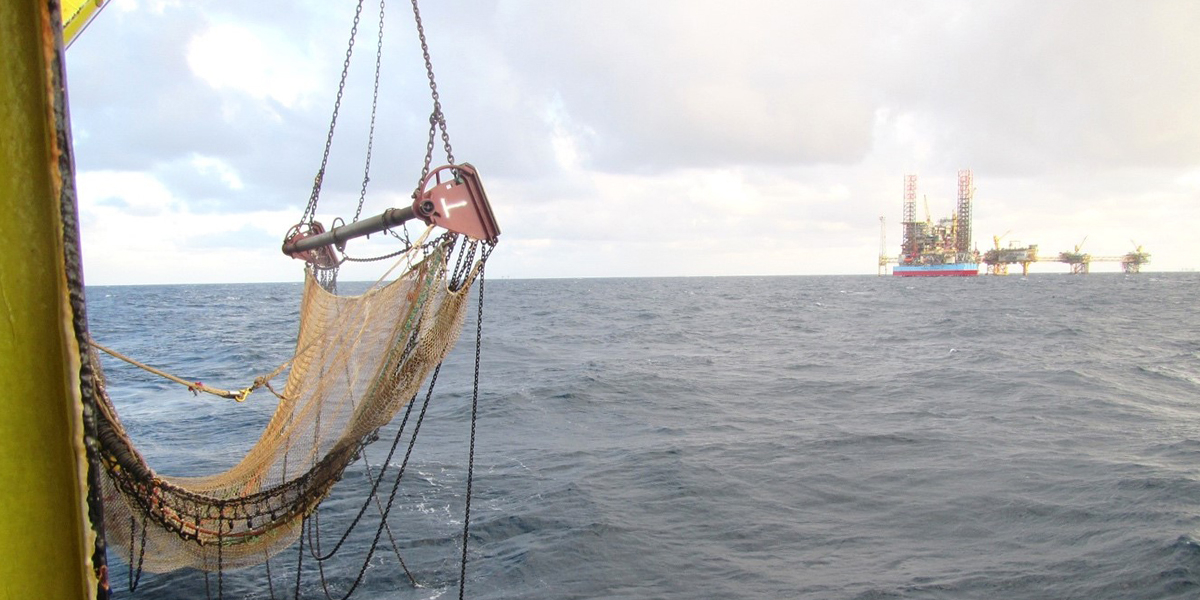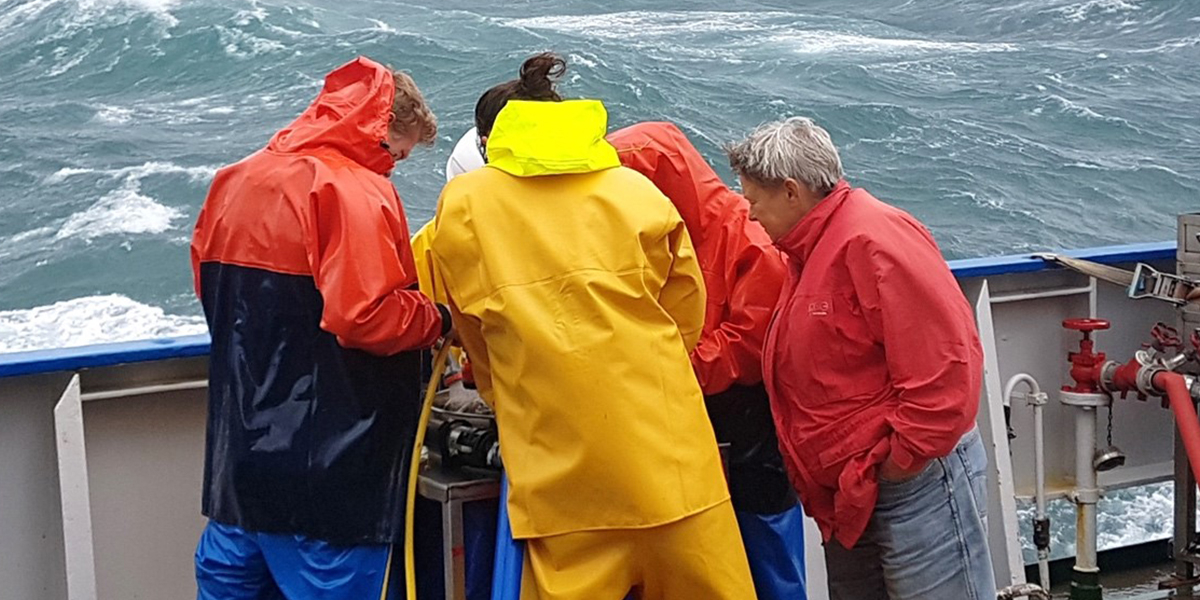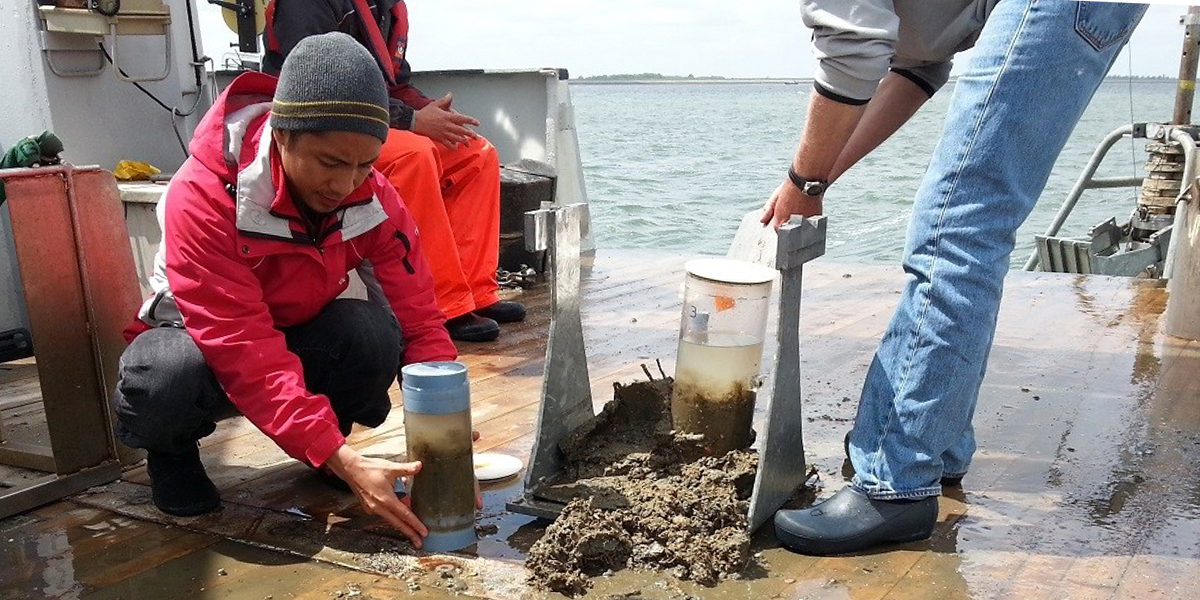Unravelling the ecosystem effects of bottom trawling in the North Sea

Pulse fishing was developed as an alternative to beam trawling as it uses less fuel and also causes less mechanical disruption to the seabed. However, it does impact the seafloor in other ways. Tiano and colleagues discovered that both methods cause an immediate change in seabed oxygen and nutrient levels. Tiano: ‘We saw that oxygen penetrated deeper into the seafloor after trawling and that the organisms that live in and around the seabed consumed less of it. This slowed down the overall metabolism of that benthic community.’
Experimental techniques
Tiano used acoustic and optical techniques to reveal that both pulse and beam trawling flatten the seabed and cause a decrease in burrow holes. And while the trawling means a decline of organisms living on top of the sediment, especially in the category of the juveniles, it comes with an increase of the deep burrowing mud shrimps (Callianassa subterranean). Tiano: ‘This suggests that organisms near the sediment surface are removed by bottom trawling, while other fauna escapes it by hiding in deep burrows. After the trawling, saw this fauna spend more time close to the sediment surface, possibly to fix damaged burrows.’
Innovation
Tiano: ‘In these years of research, we did discover if certain gears produce greater biogeochemical effects than others, but we still have only a limited understanding of the larger-scale implications of these effects.’ Reason enough for Tiano to keep his research going. A new project is underway in which Tiano intends to use modelling to predict the biogeochemical and biological effects of various kinds of trawling in different North Sea areas. Tiano: ‘The aim is to build a tool for the fishing industry that facilitates innovative fishing and is based on scientific validation.’


Defence
Evaluating the consequences of bottom trawling on benthic pelagic coupling and ecosystem functioning
Justin Tiano (NIOZ and Ghent University)
Friday, 2 October 2020, 13:00
Supervisors: Karline Soetaert and Dick van Oevelen
Join the defence through a livestream at:
https://youtu.be/V3BXQLjR8mA